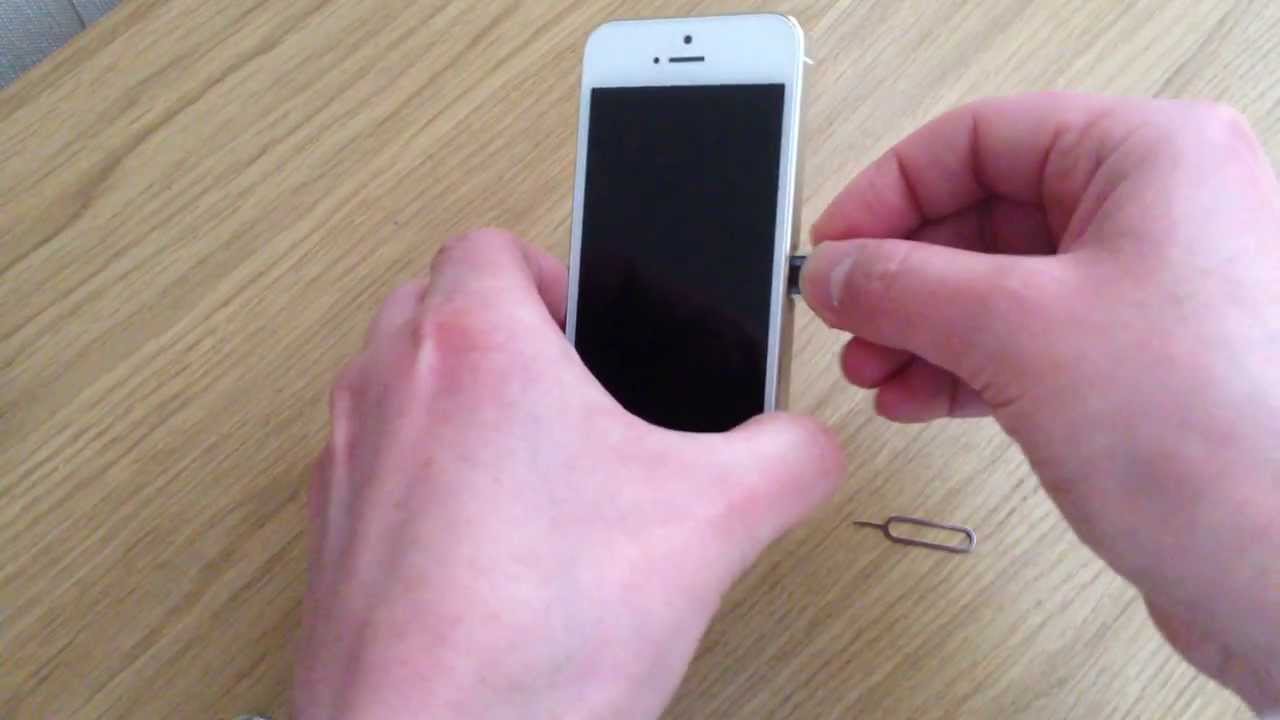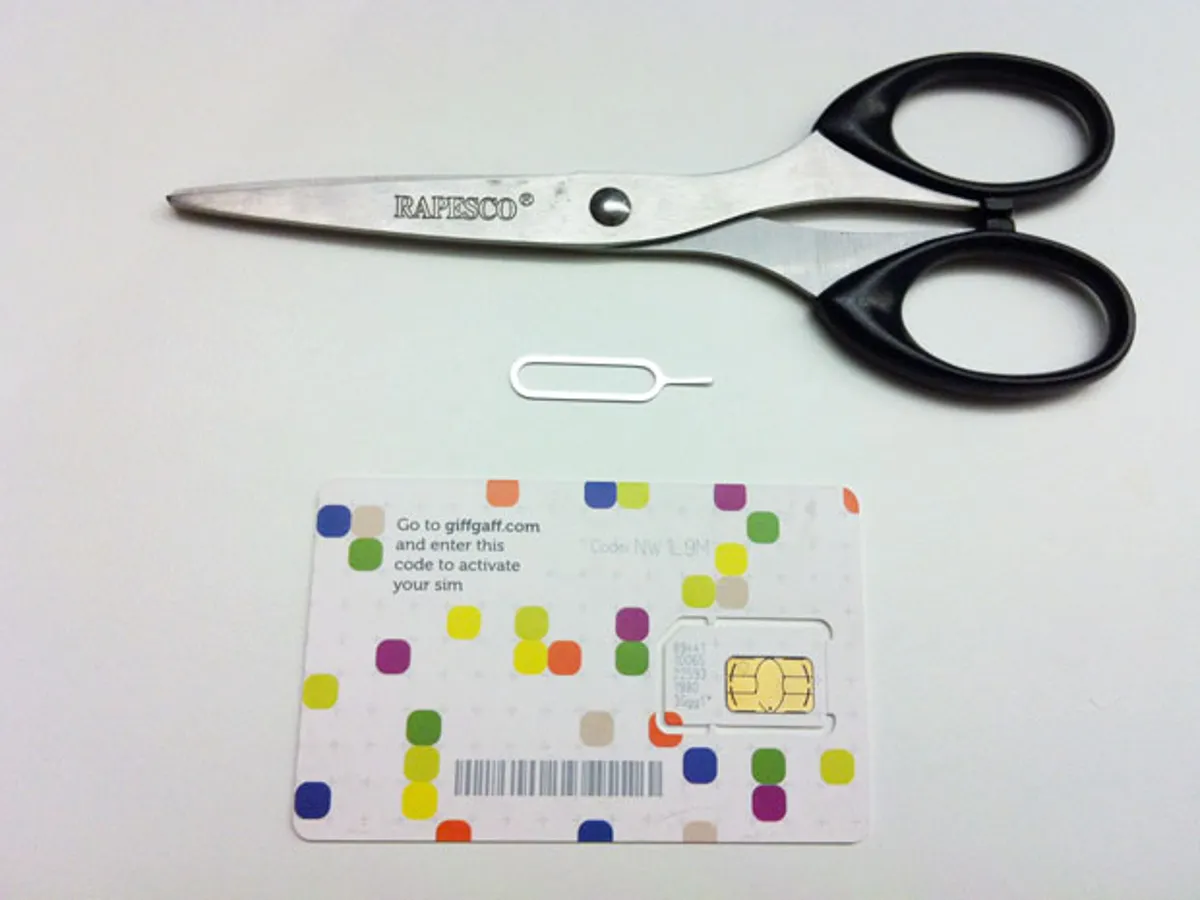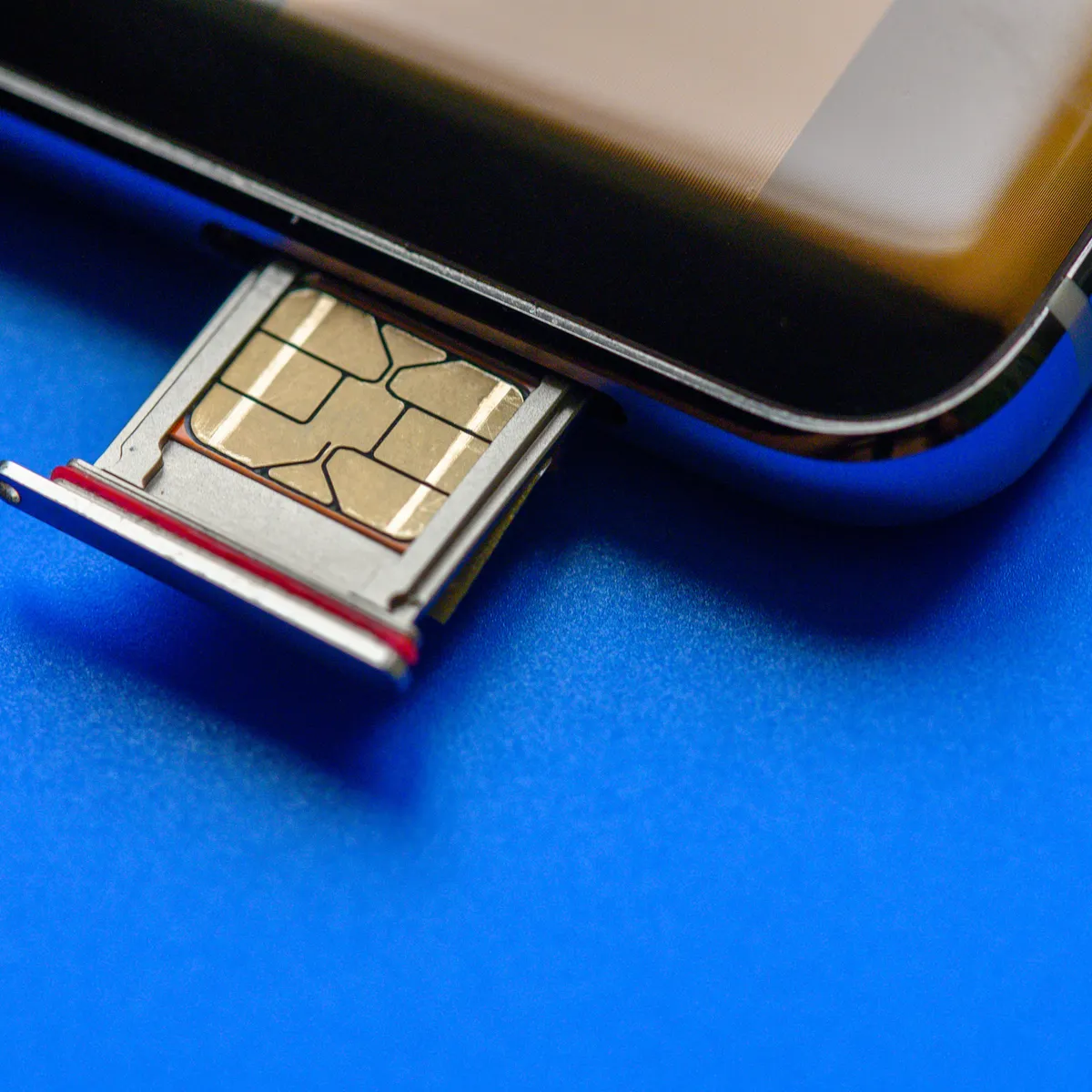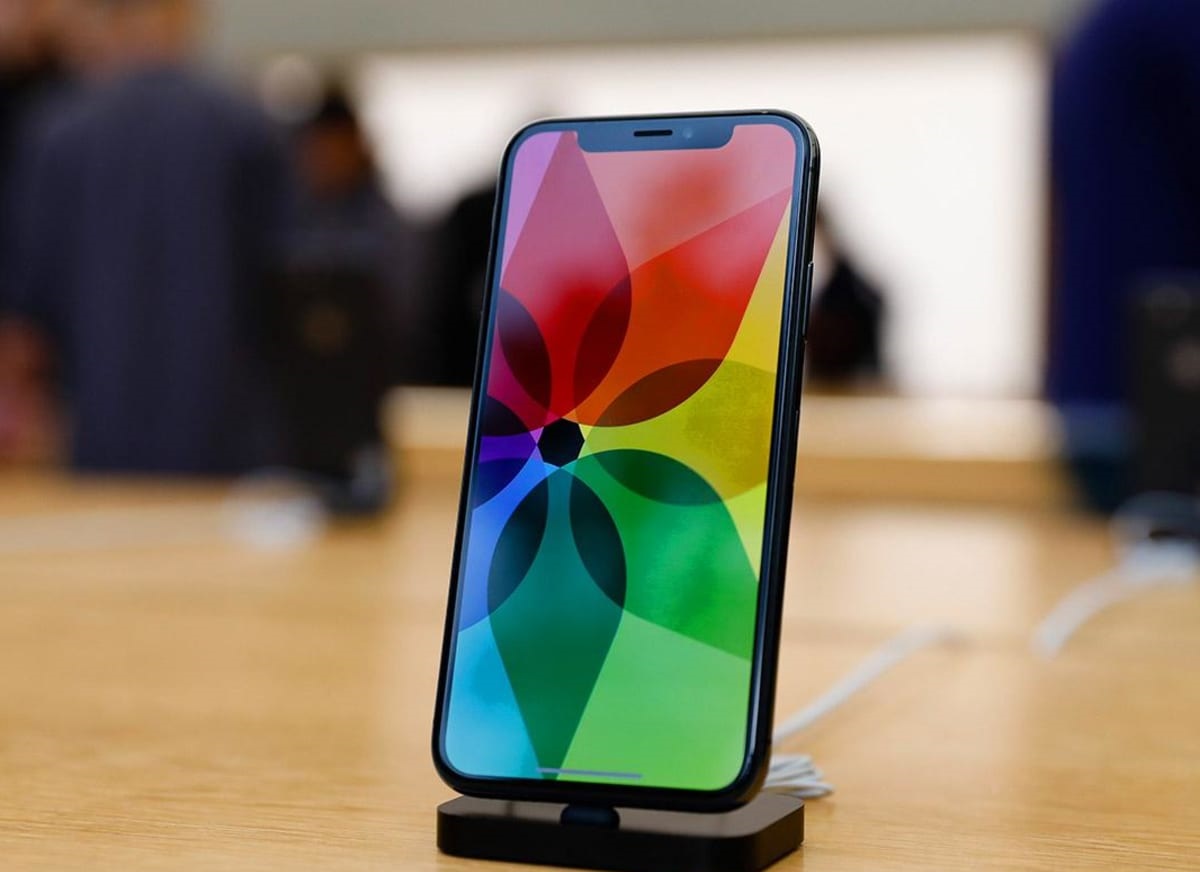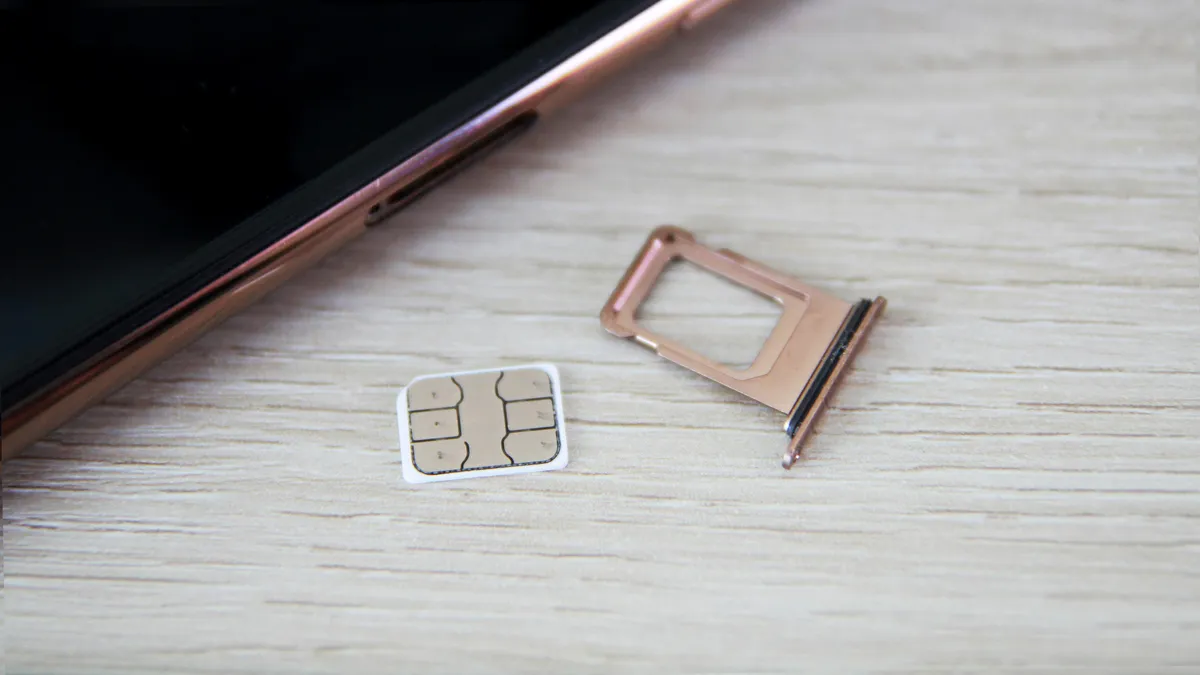Introduction
In a world where technology is constantly evolving, the need for efficient and versatile mobile devices has become increasingly significant. As the demand for sleeker and more compact smartphones grows, so does the need for smaller SIM cards. This is where the Nano SIM card comes into play. These tiny chips pack a powerful punch, enabling seamless connectivity and enhanced user experiences.
As mobile technology advances, the need for smaller SIM cards has become more prevalent. The Nano SIM card, with its diminutive size and impressive capabilities, has revolutionized the way we use mobile devices. From its inception, the Nano SIM card has rapidly gained popularity and is now a staple in modern smartphones.
This article aims to explore the world of Nano SIM cards, shedding light on their importance and the wide array of mobile devices that are compatible with them. By delving into the intricacies of Nano SIM technology and its compatibility with various smartphones, readers will gain a comprehensive understanding of this essential component of modern mobile communication. Let's embark on a journey to uncover the significance of Nano SIM cards and the smartphones that seamlessly integrate with them.
What is a Nano SIM Card?
A Nano SIM card is the smallest type of SIM card used in mobile devices today. It measures a mere 12.3mm by 8.8mm, making it significantly smaller than its predecessors, the standard SIM and the micro SIM. The Nano SIM's compact size allows smartphone manufacturers to design slimmer and more lightweight devices, contributing to the sleek and modern aesthetic of contemporary mobile technology.
Despite its diminutive dimensions, the Nano SIM card is a powerhouse of connectivity. It serves as the link between the mobile device and the cellular network, enabling users to make calls, send messages, and access the internet. The Nano SIM card stores essential information, such as the user's phone number, network credentials, and contact details, facilitating seamless communication and data access.
The Nano SIM card's reduced size has also paved the way for advancements in mobile device design. With more space available within the device, manufacturers can incorporate additional features and technologies, such as larger batteries, improved cameras, and enhanced processing capabilities. This has led to the creation of smartphones that are not only more compact but also more powerful and feature-rich.
In addition to its physical attributes, the Nano SIM card boasts enhanced security features, safeguarding user data and privacy. Its smaller form factor allows for more robust physical and electronic security measures, making it more challenging for unauthorized access to the SIM card's information.
The introduction of the Nano SIM card has marked a significant leap forward in mobile communication technology. Its compact size, coupled with its robust functionality, has made it an integral component of modern smartphones. As mobile devices continue to evolve, the Nano SIM card remains a crucial element in enabling seamless connectivity and empowering users to stay connected in an increasingly interconnected world.
Why Use a Nano SIM Card?
The utilization of Nano SIM cards offers a multitude of benefits that cater to the evolving landscape of mobile technology. The primary advantage lies in the Nano SIM card's compact size, which allows smartphone manufacturers to design devices with sleeker profiles and more expansive internal features. This reduction in size not only contributes to the aesthetics of modern smartphones but also enables the integration of advanced technologies and components within the limited space available.
Moreover, the Nano SIM card's diminutive form factor has paved the way for the development of smaller and more lightweight mobile devices. This has significantly enhanced user convenience, making it easier to carry and handle smartphones without compromising on functionality. Furthermore, the reduced size of the Nano SIM card has facilitated the creation of water- and dust-resistant smartphones, as the smaller SIM tray allows for more robust sealing mechanisms.
In addition to physical advantages, the Nano SIM card boasts enhanced security features, providing a layer of protection for user data and privacy. Its smaller size allows for the implementation of more sophisticated physical and electronic security measures, making it more challenging for unauthorized access to the SIM card's information. This heightened security is crucial in safeguarding sensitive data and ensuring a secure mobile experience for users.
Furthermore, the Nano SIM card's compatibility with a wide range of smartphones underscores its versatility and adaptability. As mobile technology continues to advance, the Nano SIM card remains a constant, seamlessly integrating with the latest smartphone models and ensuring widespread compatibility. This compatibility empowers users to switch between devices without the hassle of acquiring a new SIM card, offering flexibility and convenience in an ever-changing technological landscape.
The Nano SIM card's importance extends beyond its physical attributes and compatibility, as it plays a pivotal role in enabling seamless connectivity and communication. By storing vital user information and network credentials, the Nano SIM card serves as the linchpin between the mobile device and the cellular network, facilitating uninterrupted access to calls, messages, and the internet.
In essence, the Nano SIM card's significance lies in its ability to drive innovation, enhance security, and enable seamless connectivity in modern smartphones. As mobile technology continues to evolve, the Nano SIM card remains a fundamental component, underpinning the functionality and versatility of contemporary mobile devices.
List of Phones Compatible with Nano SIM Cards
-
iPhone 12 Series – Apple's iPhone 12 series, including the iPhone 12, iPhone 12 Mini, iPhone 12 Pro, and iPhone 12 Pro Max, all support Nano SIM cards. These cutting-edge devices feature stunning displays, powerful cameras, and seamless integration with Nano SIM technology, ensuring a smooth and efficient user experience.
-
Samsung Galaxy S21 – Samsung's flagship Galaxy S21 lineup, comprising the Galaxy S21, Galaxy S21+, and Galaxy S21 Ultra, is compatible with Nano SIM cards. These premium smartphones boast impressive performance, innovative camera features, and robust connectivity, making them ideal companions for Nano SIM technology.
-
Google Pixel 5 – Google's Pixel 5 smartphone is designed to accommodate Nano SIM cards, offering users a seamless and intuitive mobile experience. With its advanced camera capabilities, pure Android experience, and compatibility with Nano SIM cards, the Pixel 5 exemplifies the fusion of cutting-edge technology and compact design.
-
OnePlus 9 Series – The OnePlus 9 and OnePlus 9 Pro, renowned for their exceptional performance and striking design, are equipped to support Nano SIM cards. These flagship devices combine high-end features with Nano SIM compatibility, delivering a compelling mobile experience for users.
-
Sony Xperia 1 III – Sony's Xperia 1 III, a powerhouse of innovation and creativity, seamlessly integrates with Nano SIM cards. Boasting a stunning 4K HDR OLED display, advanced camera technology, and robust performance, the Xperia 1 III exemplifies Sony's commitment to excellence and compatibility with Nano SIM technology.
-
Xiaomi Mi 11 – Xiaomi's Mi 11 smartphone, known for its exceptional display quality and impressive camera system, is designed to accommodate Nano SIM cards. With its sleek design and cutting-edge features, the Mi 11 offers users a compelling combination of style and functionality, complemented by Nano SIM compatibility.
-
Huawei P40 Series – Huawei's P40 series, including the Huawei P40, P40 Pro, and P40 Pro+, is compatible with Nano SIM cards, showcasing Huawei's dedication to seamless connectivity and innovative mobile experiences. These devices feature powerful cameras, vibrant displays, and Nano SIM support, making them ideal choices for users seeking a versatile and reliable smartphone experience.
-
Motorola Edge+ – Motorola's Edge+ smartphone, renowned for its immersive display and exceptional performance, is compatible with Nano SIM cards. With its focus on delivering high-quality experiences, the Motorola Edge+ seamlessly integrates with Nano SIM technology, providing users with a compelling and versatile mobile solution.
-
LG V60 ThinQ – LG's V60 ThinQ, known for its dual-screen functionality and impressive audio capabilities, supports Nano SIM cards. The device's innovative features, combined with Nano SIM compatibility, offer users a unique and immersive mobile experience, showcasing LG's commitment to versatility and connectivity.
-
Nokia 8.3 5G – Nokia's 8.3 5G smartphone, designed to deliver exceptional 5G connectivity and powerful performance, is compatible with Nano SIM cards. With its focus on seamless connectivity and innovation, the Nokia 8.3 5G exemplifies the compatibility of modern smartphones with Nano SIM technology, ensuring a reliable and efficient mobile experience for users.
These smartphones represent a diverse range of cutting-edge devices that seamlessly integrate with Nano SIM cards, highlighting the widespread compatibility and versatility of Nano SIM technology in modern mobile communication.
Conclusion
In conclusion, the Nano SIM card stands as a testament to the relentless pursuit of innovation in the realm of mobile communication. Its compact size belies its immense impact, shaping the design and functionality of modern smartphones. From the sleek and powerful iPhone 12 series to the innovative Google Pixel 5 and the feature-rich Samsung Galaxy S21 lineup, Nano SIM compatibility has become a hallmark of cutting-edge mobile devices.
The integration of Nano SIM technology has not only facilitated the creation of more compact and lightweight smartphones but has also paved the way for enhanced security measures, seamless connectivity, and versatile design possibilities. With the Nano SIM card serving as the linchpin between the user and the cellular network, it has become an indispensable component in the mobile landscape, empowering users to stay connected and engaged in an increasingly interconnected world.
Furthermore, the extensive compatibility of Nano SIM cards with a diverse range of smartphones underscores its adaptability and versatility. Whether it's the exceptional camera capabilities of the OnePlus 9 series, the immersive display of the Motorola Edge+, or the innovative dual-screen functionality of the LG V60 ThinQ, Nano SIM technology seamlessly integrates with an array of devices, catering to diverse user preferences and requirements.
As we continue to witness advancements in mobile technology, the Nano SIM card remains a constant, ensuring widespread compatibility and seamless connectivity across a myriad of smartphones. Its role in driving innovation, enhancing security, and enabling effortless communication cannot be understated, solidifying its position as an essential component in the ever-evolving world of mobile devices.
In essence, the Nano SIM card embodies the convergence of form and function, where its diminutive size conceals a wealth of capabilities that underpin the modern smartphone experience. As we look to the future of mobile communication, the Nano SIM card will undoubtedly continue to play a pivotal role, driving progress, and empowering users to embrace the boundless possibilities of a connected world.









